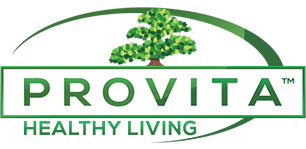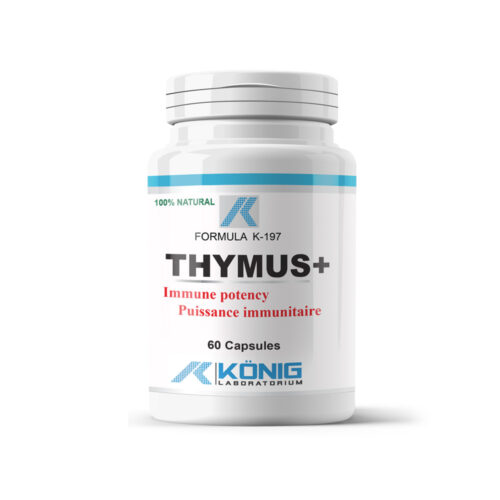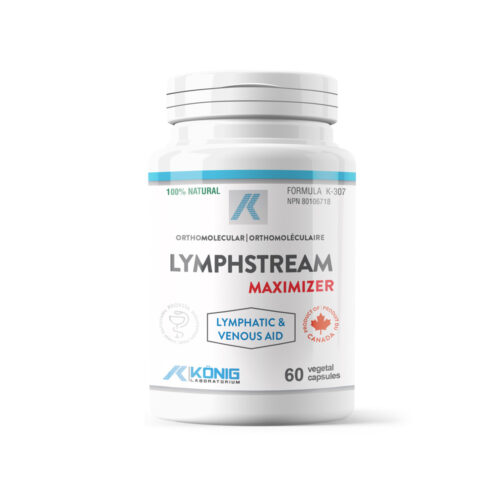The immune system protects the body with stratified defenses and high specificity.
There are two major components of the immune system: the innate and the adaptive. In simple terms, physical barriers prevent the entry into the body of pathogens, such as bacteria and viruses.
If a pathogen breaks through these barriers, the innate immune system provides an immediate but non-specific response. If pathogens can successfully pass over the innate immune response, our body has a second layer of protection called the adaptive immune system. Here, the immune system adapts its response during an infection to recognize the pathogen. This response is then retained after the pathogen has been removed in the form of an immunological memory and allows the adaptive immune system to fix a faster and more powerful mechanism for destroying and eliminating this type of pathogen every time it is encountered.
Immune system disorders can lead to autoimmune diseases, inflammatory diseases and cancer. Immune deficiency occurs when the immune system is less active than normal, which can lead to recurrent and life-threatening infections. Autoimmune syndrome occurs when the immune system is incorrectly directed to attack/repair an organ or different parts of the body. Autoimmune diseases include: rheumatoid arthritis, Hashimoto’s thyroiditis, type 1 diabetes, lupus, etc.

INNATE IMMUNE SYSTEM
Microorganisms or toxins that successfully enter the body “collide” with the innate immune system cells and mechanisms. Its response is usually triggered when microbes are identified by recognition receptors, which recognize conserved components between large groups of microorganisms, or when affected and injured cells send alarm signals. Many (but not all) are recognized by the same receptors as those recognizing pathogens.
The innate innate system is non-specific, which means this defense system responds to pathogens in a general way. This system does not confer immunity against a long-term pathogen. The innate immune system is the dominant body defense system.
INFLAMMATION
Inflammation is one of the first immune response to infections. External symptoms of inflammation include redness, swelling, heat and pain, caused by increased blood flow in tissues. Inflammation of the tissues or internal organs does not show surface symptoms and is more difficult to detect by simple observation. Antibodies are sent to destroy invading pathogens.
COMPLEMENTARY SYSTEM
The complementary system is a biochemical cascade that destroys the surfaces of foreign cells. It contains over 20 different proteins and is recognized for its ability to “complement” the destruction of pathogens by antibodies. This triggers a quick response to destruction. Response speed is the result of signal amplification that occurs after the sequential proteolytic activation of complementary molecules that are part of the protease category.
INNATE DEFENSE IMMUNE SYSTEM
- Leukocytes (white blood cells) act as independent, unicellular organisms and constitute the second arm of the innate immune system. The innate leukocytes include phagocytes (macrophages, neutrophils and dendritic cells), innate lymphoid cells, mast cells, eosinophils, basophils and natural killer cells. These cells identify and remove pathogens either by direct attack or “swallowing” them and then killing them. The innate cells are also important mediators in the development of lymphoid organs and the activation of the adaptive immune system.
- Natural killer cells, or NK cells, are a component of the innate immune system that does not directly attack invading microbes. Rather, NK cells destroy compromised host cells, such as tumor cells or virus-infected cells, healthy body cells are not recognized and attacked by NK cells.

ADAPTIVE IMMUNE SYSTEM
The adaptive immune system allows for a stronger immune response and features an “immune memory” if an antigen remembers a pathogen. The adaptive immune response is a specific antigen and requires the recognition of specific non-individual antigens during an antigen presentation process. The specific antigen allows the generation of responses that are then adapted to specific pathogens or to pathogen-infected cells. The ability to fix these responses is adapted to maintaining the body response aided by “memory cells”. If a pathogen infects the body more than once, these specific memory cells are used to quickly remove them.
- Lymphocytes: Adaptive immune system cells are special types of white blood cells, called lymphocytes. B cells and T cells are the main types of lymphocytes and are derived from hematopoietic stem cells generated in the bone marrow.
- Killer T cells: Killer T cells are a subgroup of T cells that destroy cells infected with viruses (and other pathogens), or that damage the target cell by inducing apoptosis (self-destruction). Killer T cells of host cells are particularly important in preventing virus replication. T-cell activation is well controlled and generally requires a strong MHC / antigen activation signal, or additional activation signals provided by helper T cells.
- Helper T cells: regulate both the innate immune response and the adaptive immune response and determine which of the two immune responses of the body is necessary for a particular pathogen. These cells have no cytotoxic activity and do not directly destroy the infected cells or pathogens. Instead, they control the immune response by targeting other cells to perform these tasks.
- B lymphocytes and antibodies: B cells identify pathogens when antibodies require a specific foreign antigen and attract a helper T cell that activates cell B and then millions of copies of the antibody that recognize this antigen. These antibodies circulate in blood plasma and lymph, and bind to pathogens, marking them for destruction. Antibodies can act directly by binding to bacterial toxins or by interfering with the receptors that viruses and bacteria use to infect cells.
- Immune Memory: When B cells and T cells are activated and begin to reproduce, some of their descendants become memory cells with a long lifespan. Over the lifetime, these memory cells recall each specific pathogen encountered and a strong response can be established if the pathogen is detected again. It is “adaptive” because it occurs during a person’s life as an adaptation to the pathogen infection and prepares the immune system for future challenges. Immunological memory may exist in short-term or long-term in passive form. Newborn babies do not have long-term immunological memory because they have not yet been exposed to viruses. This was the theoretical foundation of infant vaccination. However, infants have a passive memory transferred from mother during pregnancy by means of an antibody called immunoglobulin G (IgG) and after birth by breast milk and colostrum. Therefore, it is important for the mother to have a strong immune system during pregnancy and lactation. For adults, vaccination against influenza is based on the theory that viruses have the ability to undergo mutations and therefore they can get rid of recognition by the adaptive immune system. However, a person with a strong immune system can successfully fight invasive viruses and build up an immunological memory against this viral species.
CONCLUSIONS
The immune system is extremely complex and essential to our survival. This presentation is a summary and does not cover all aspects and components of the immune system. Maintaining a strong immune system is the responsibility of everyone. Moreover, the lymphatic system works closely with the immune system and it is also important to keep it in good working order.
Provita Nutrition offers a complex portfolio of products for the immune system and the lymphatic system.
Draining the lymphatic system is the first step for improving the immune system. The most suitable product is Lymphstream.
The whole range of medicinal mushrooms contains micronutrients with the effect of either strengthening the immune system or modulating it in autoimmune cases. They act especially on the innate immune system. Very useful is to associate with Oregano oil. If illness also has an inflammatory component, 1 bottle of Serra Plus will help you a lot.

Therapeutic Mushrooms
For example, for the influenza season, the most recommended immunity product is Astragalus 9000. However, as the illness may also be viral, it is recommended to associate with Super Immune. In the case of more serious infections, it is also recommended to associate Cordyceps CSM 2000 mushroom.
Latest research indicate that increasing the level of plasma glutathione can enhance both the innate and the adaptive immune systems besides having an anti-aging protective effect. Provita Nutrition has created Hepatothione, a unique product for increasing plasma glutathione.
Individuals with a low adaptive immune system have to stimulate the bone marrow to produce more hematopoietic stem cells. Stemulin – Stem Cell Activator is the product that stimulates the production and circulation of stem cells.
An important adjuvant to the adaptive immune system is Thymus. Thymus gland extract stimulates lymphocyte transformation into T cells.
Of course, maintaining an immune system prepared for any situation involves continuous care throughout the year through annual cures with various antioxidants, vitamins, minerals, adaptogens, that are found in Provita Nutrition portfolio.
 EN
EN HU
HU ES
ES IT
IT














